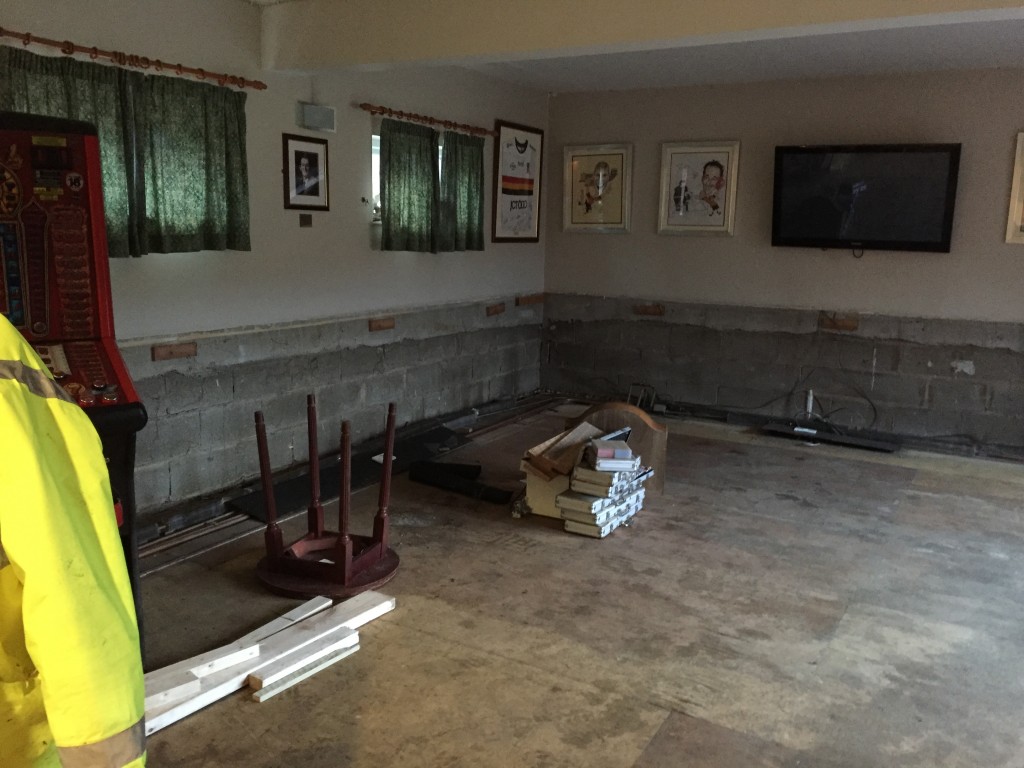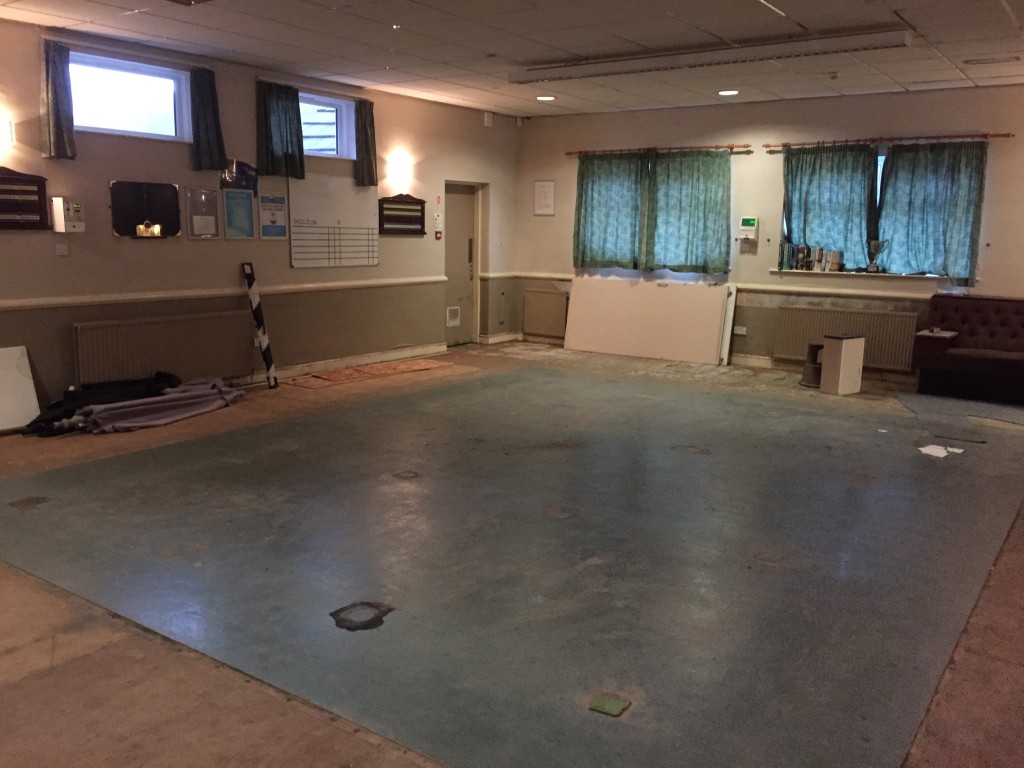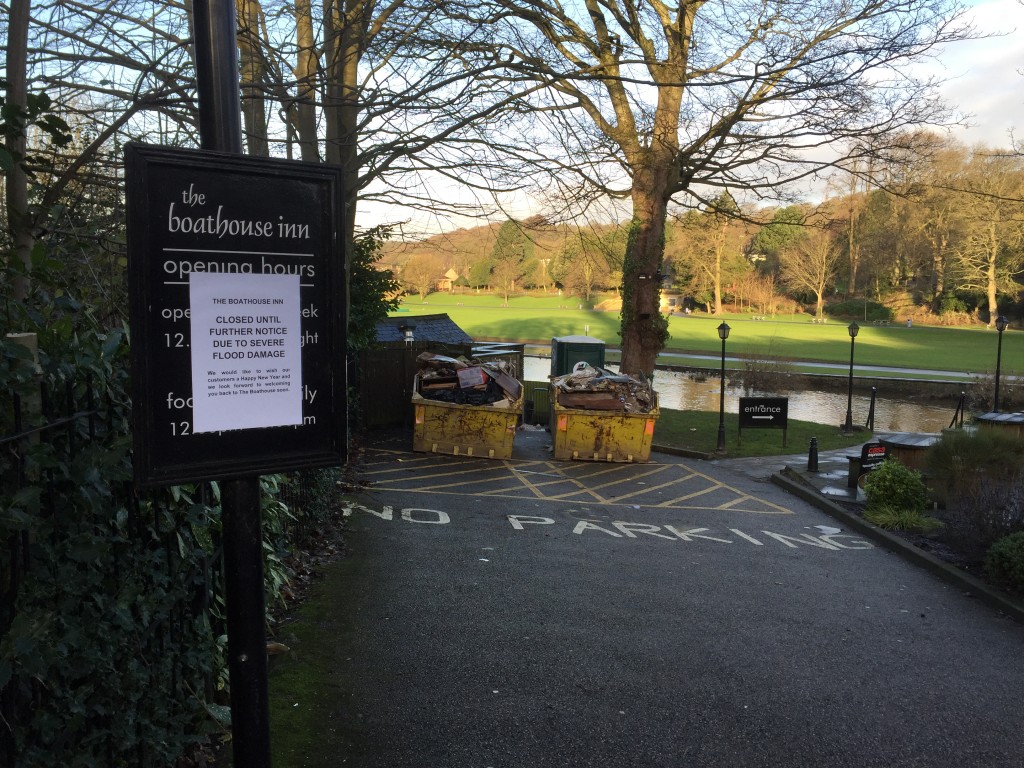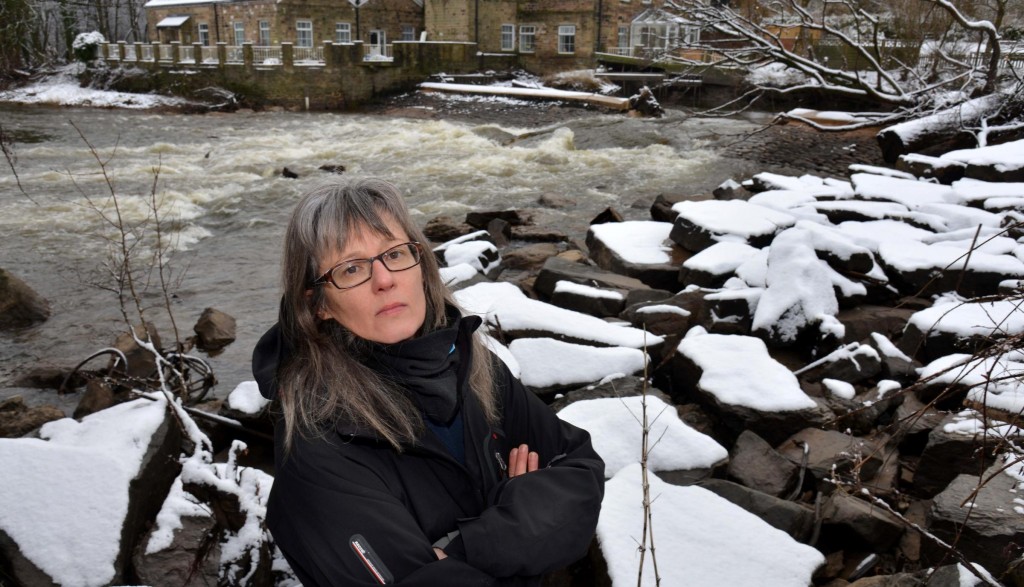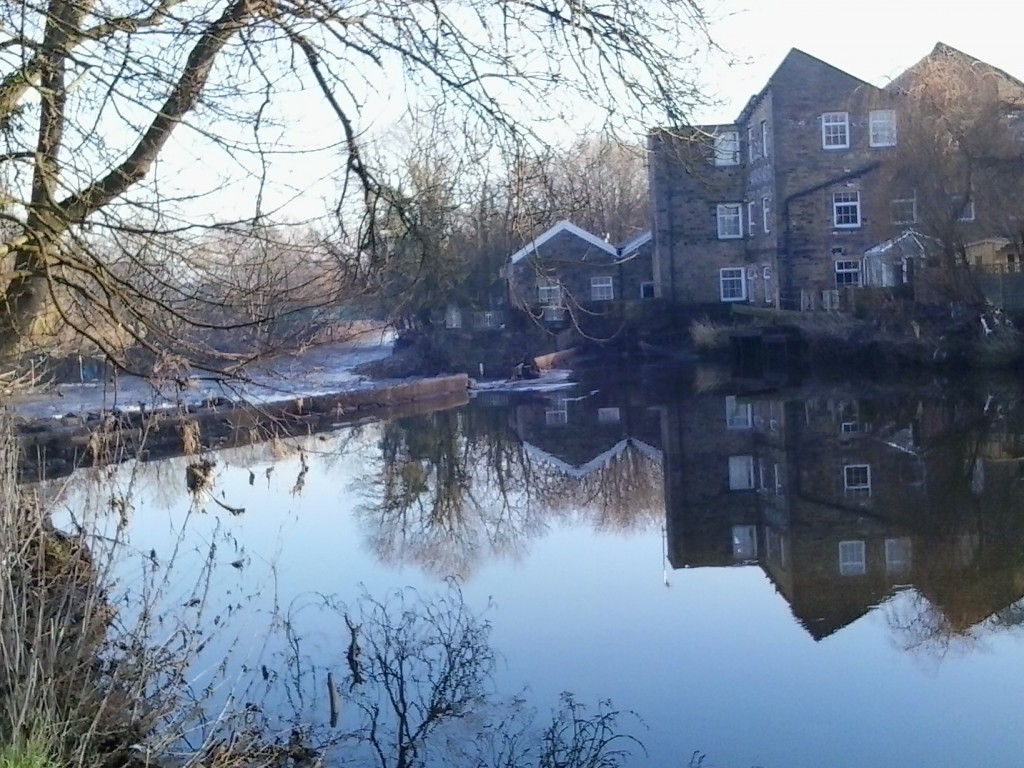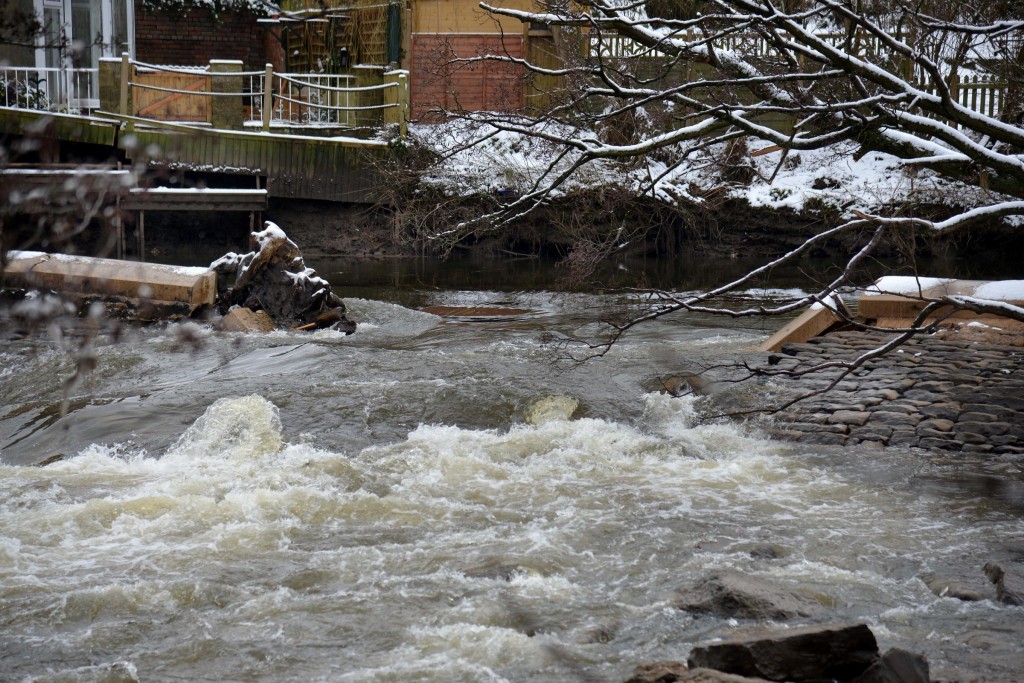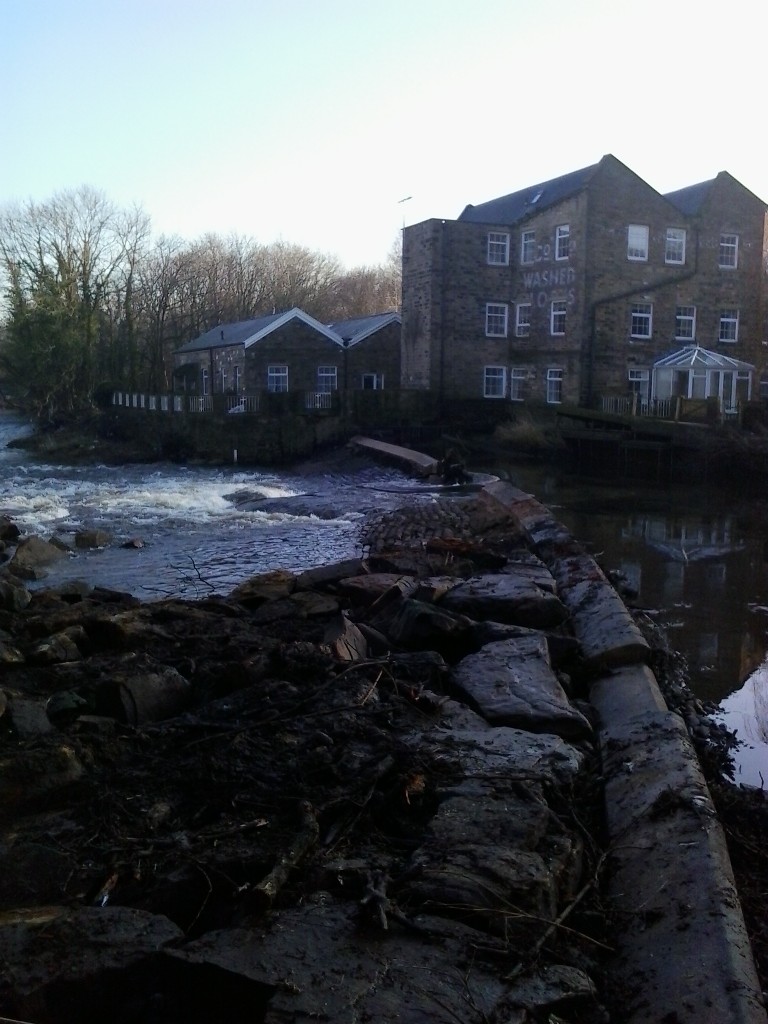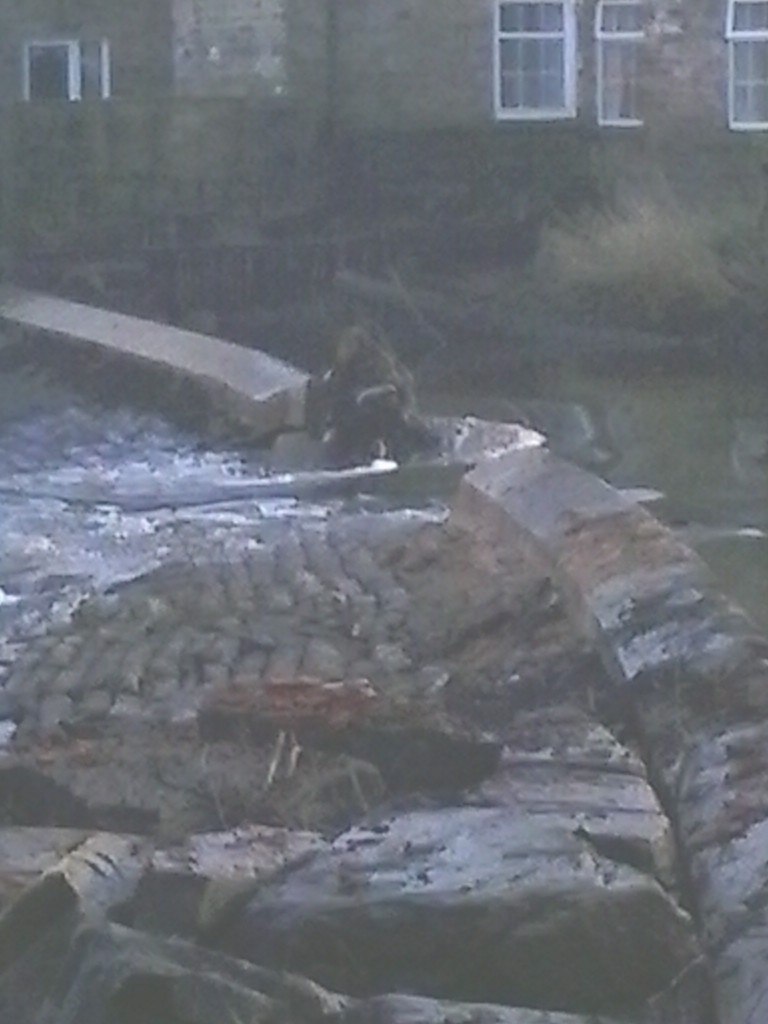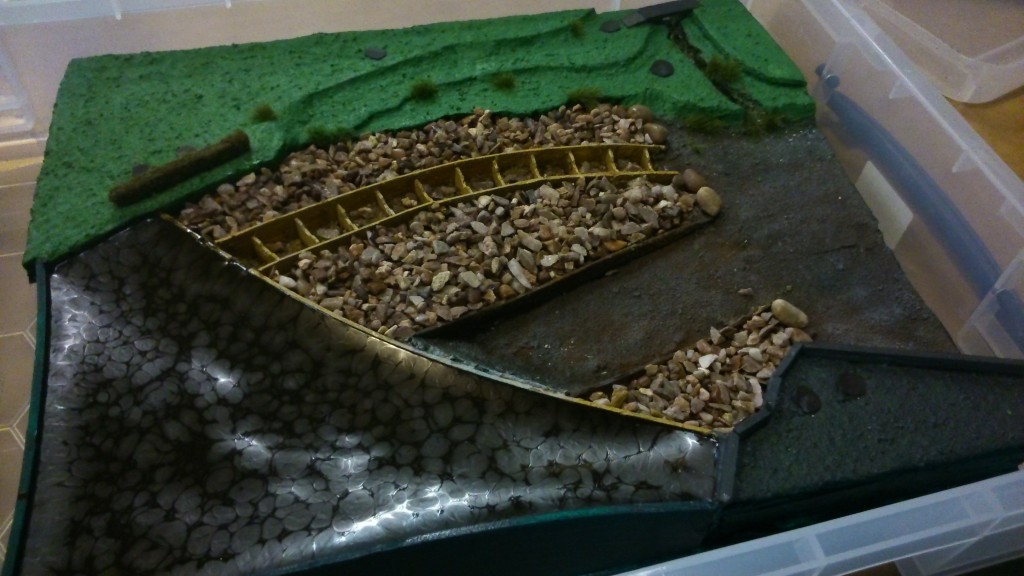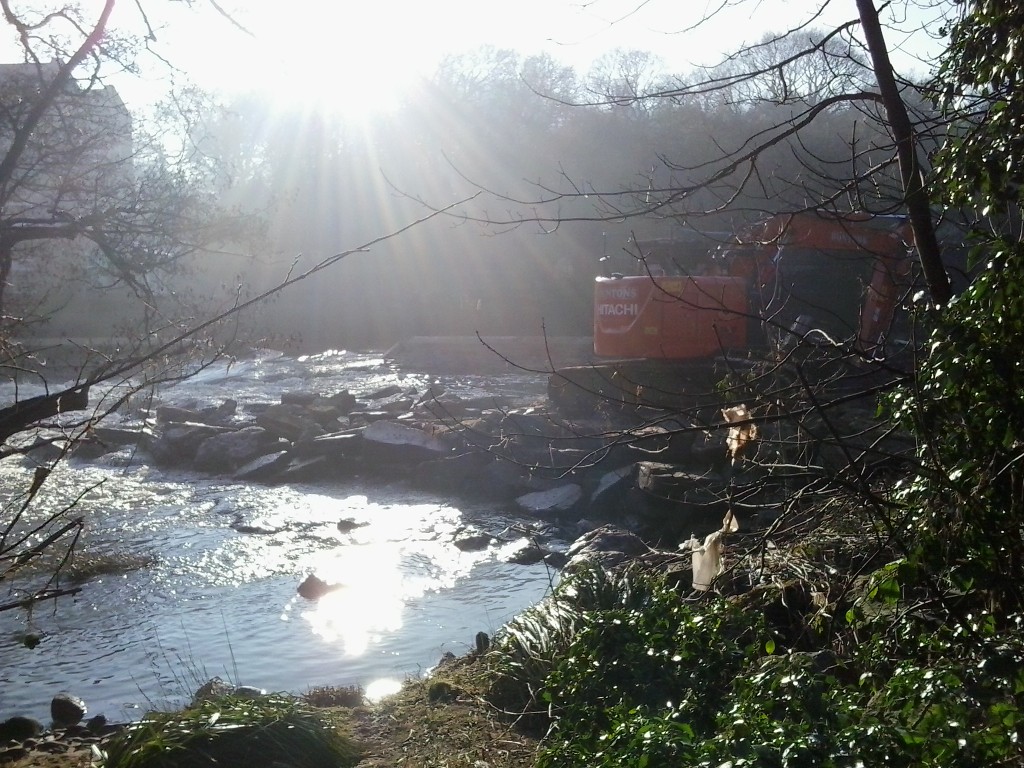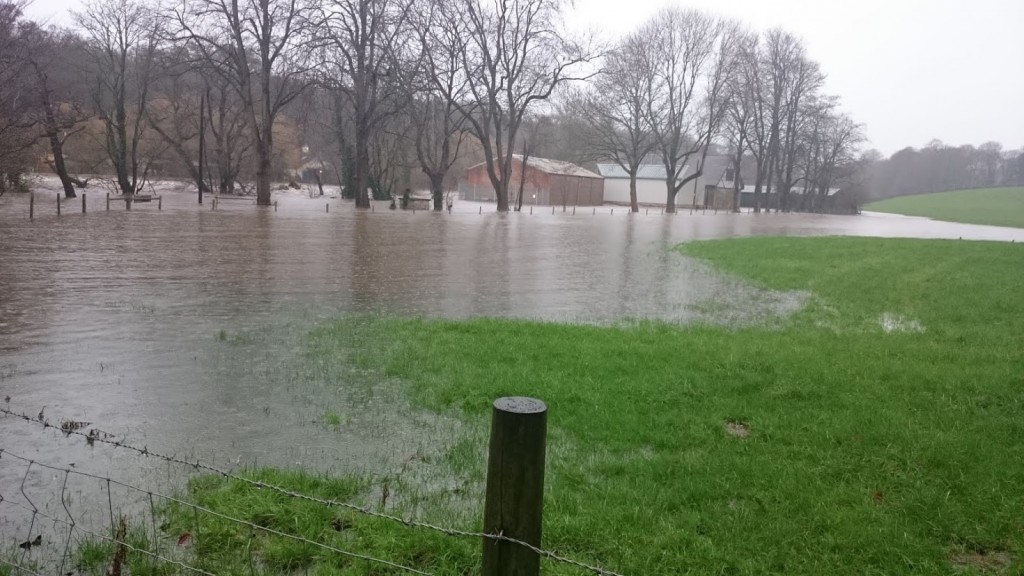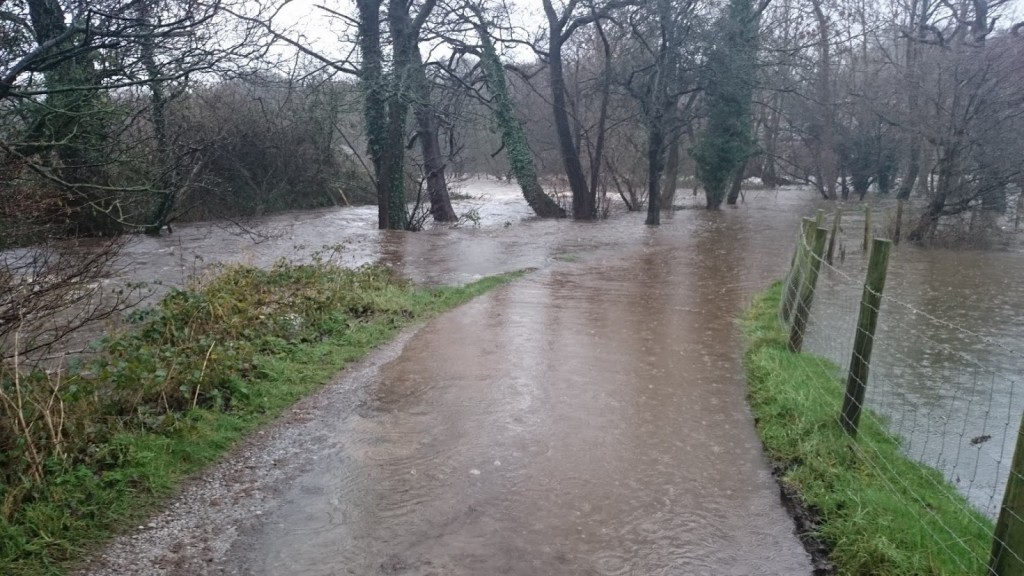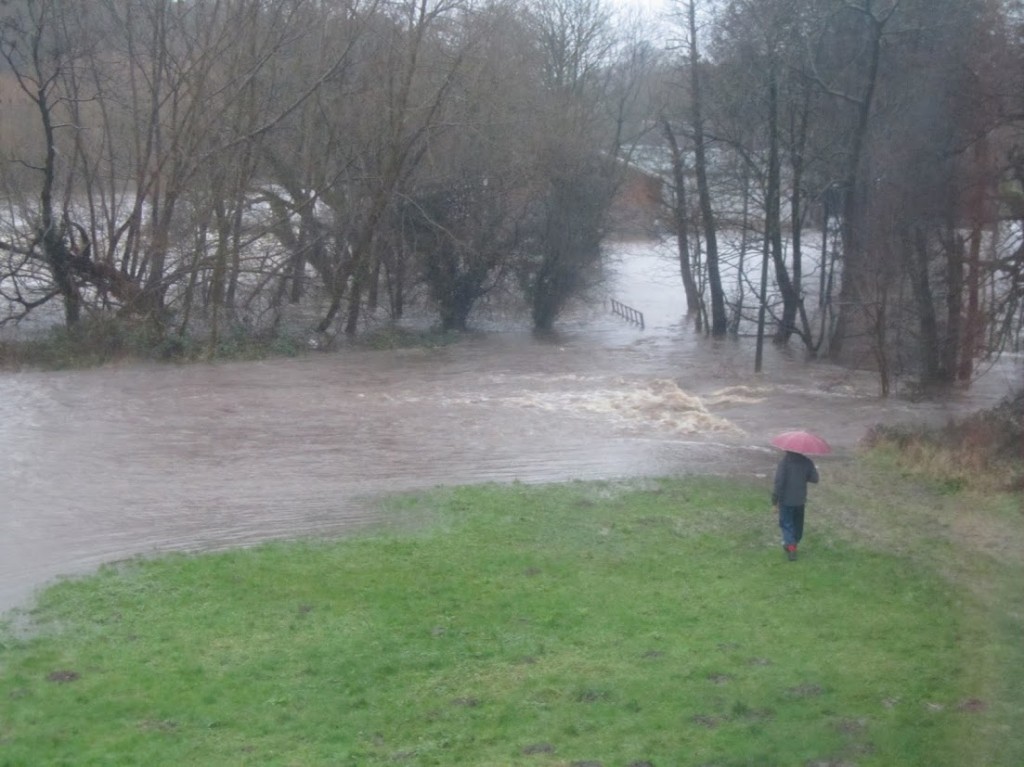So part 1 of this blog entry (posted yesterday) was mainly concerned with the area just upstream of Baildon Bridge. This one moves further upstream to the Higher Coach Road area — where tomorrow, Sunday 31st January, weather permitting, the “Aire Debris Removal Initiative” will be leading a clean-up along the riverbank…
One of the really remarkable things about the public response to last month’s flooding has been the way people have used social media to self-organise support groups and now clean-up groups. And the riverbank on this stretch certainly needs some TLC. At present it is littered with debris that was carried by floodwater and caught on trees and bushes — in fact you can clearly see the line that the water came up to…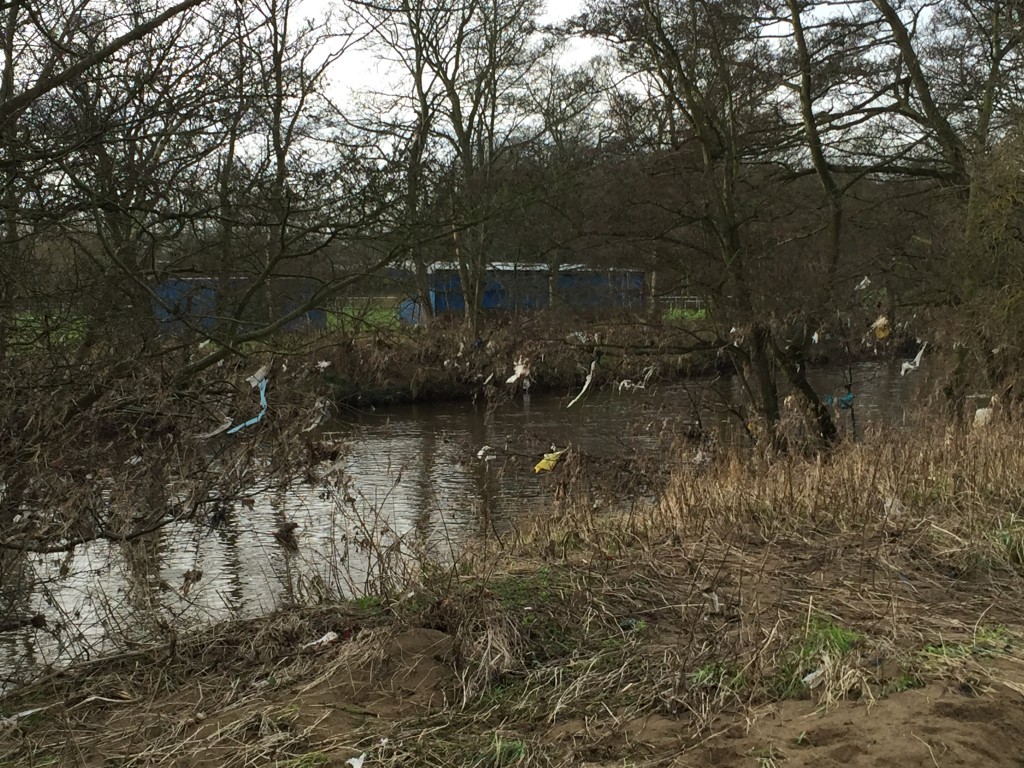 The tricky part here, of course, is that a lot of the debris is caught in branches and suspended out over the river itself, making safe retrieval quite challenging. Let’s hope that AireDRI has some appropriate picking equipment (possibly loaned by the Council, who are also keen to support these voluntary initiatives with appropriate resources). I’ll be keen to talk to some of the organisers of this initiative, as part of Multi-Story Water‘s gathering of thoughts and reflections on the flooding (a process we’ve begun over the last week or so — see previous blog post). There is also some excellent reporting going on elsewhere of course, such as this “one-month on” piece in the Saltaire-run Bradford Review (which features the thoughts of, among others, the wonderful Billy Ricketts, volunteer groundsman at Saltaire Cricket Club… starting point for tomorrow’s clean-up).
The tricky part here, of course, is that a lot of the debris is caught in branches and suspended out over the river itself, making safe retrieval quite challenging. Let’s hope that AireDRI has some appropriate picking equipment (possibly loaned by the Council, who are also keen to support these voluntary initiatives with appropriate resources). I’ll be keen to talk to some of the organisers of this initiative, as part of Multi-Story Water‘s gathering of thoughts and reflections on the flooding (a process we’ve begun over the last week or so — see previous blog post). There is also some excellent reporting going on elsewhere of course, such as this “one-month on” piece in the Saltaire-run Bradford Review (which features the thoughts of, among others, the wonderful Billy Ricketts, volunteer groundsman at Saltaire Cricket Club… starting point for tomorrow’s clean-up).
There is still quite a substantial quantity of water sitting on the grassy flood-plain area next to the river at Higher Coach Road. The field was looking like this through much of December though, so this water is not – as such – a remnant of the Boxing Day flood. Rather, it’s indicative of just how wet the ground was, and remains, and why the excess water at Christmas thus had nowhere to go but places it wasn’t wanted. This is, of course, still a risk if we have further severe weather.
Thankfully, though, the residents of the HCR estate remain pretty confident that they won’t be directly affected in their homes, at least. On Boxing Day, just as during the last major floods of October 2000, the water came up almost as far as the fronts of people’s houses on Bowland Avenue — at the furthest, westerly end of the estate — but did not actually make it to their front doors. And since these houses were built, quite deliberately, with no basements, there is no damage there either. As Ruth Bartlett, who lives in one of the houses on Bowland, remarks: “I’m really very grateful to the people who built these houses [in the 1950s], because they knew what they were doing. The water stays where it’s meant to — on the field.” This was the view from Ruth’s bedroom window at 1.45pm on Boxing Day, when the water level was still rising…(with many thanks to her for sharing)
Like others I’ve spoken to, Ruth had been away for Christmas Day and returned to her home on Boxing Day, unaware of the chaos awaiting her. Her first indication of trouble was when she found Baildon Bridge closed to traffic, and had to go all the way round via Apperley Bridge (which was also later closed) in order to get home. On Boxing Day evening she simply went to bed upstairs hoping for the best, and woke up the next morning to find the waters, thankfully, receding…
This was the view from a few doors further along Bowland Avenue — taken by resident Martin Spiers. You can see just how close the water was coming to the front gate… In the background is the dome base and curving structure of the Barden Aqueduct, which pumps water over the River Aire towards Bradford. This closer-up shot of the dome really captures the force of the water…
And this wider shot from Martin’s house also shows how Barden Aqueduct, the adjacent Graincliffe Aqueduct, and indeed the footbridge across the Aire had all become simply structures sticking out of one huge, swollen mass of water…
By the following morning, the sun had come out rather beautifully over the same spot… Here Martin is looking back to the houses on Bowland, from the path to the footbridge.
In this next shot, we’re looking back towards the same buildings (and the ones behind them), but this time from the opposite direction — over at Bradford Rowing Club. Just look at this fence, thick with flood debris…
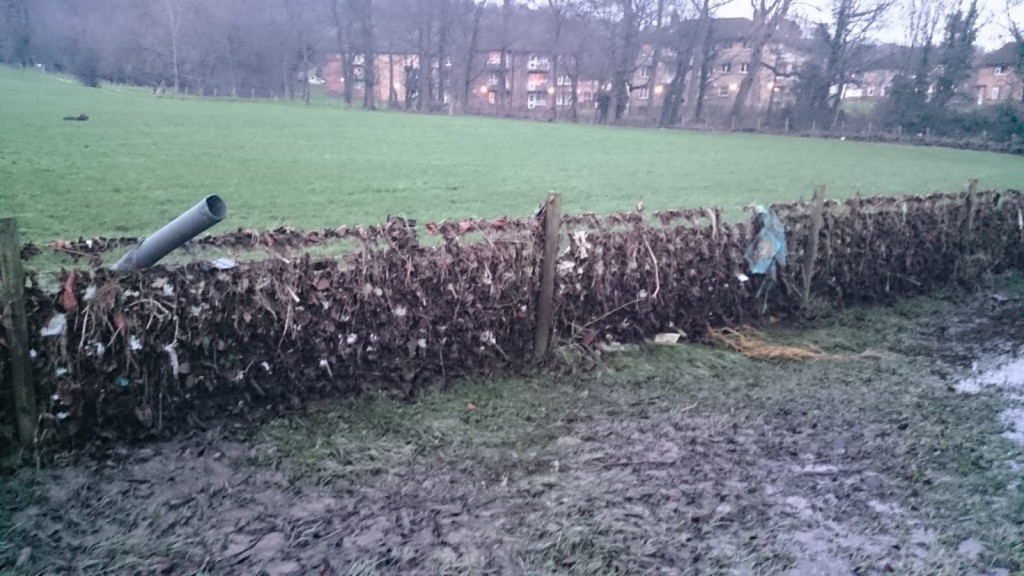 Tomorrow’s clean-up is much needed (and further work will be still be needed), but interestingly Ruth has quite mixed feelings about the volunteer groups that have been sprung up to address the various effects of the flood. The pro-active community spirit, she says, is brilliant (and Ruth is herself an organiser in other voluntary causes), but she also worries that it might be allowed to simply substitute for action that local and central government should be taking to protect and support communities at risk. Is this what David Cameron’s “Big Society” looks like? Will flood-threatened areas simply be expected to rely on their own initiative and resilience in future…?
Tomorrow’s clean-up is much needed (and further work will be still be needed), but interestingly Ruth has quite mixed feelings about the volunteer groups that have been sprung up to address the various effects of the flood. The pro-active community spirit, she says, is brilliant (and Ruth is herself an organiser in other voluntary causes), but she also worries that it might be allowed to simply substitute for action that local and central government should be taking to protect and support communities at risk. Is this what David Cameron’s “Big Society” looks like? Will flood-threatened areas simply be expected to rely on their own initiative and resilience in future…?

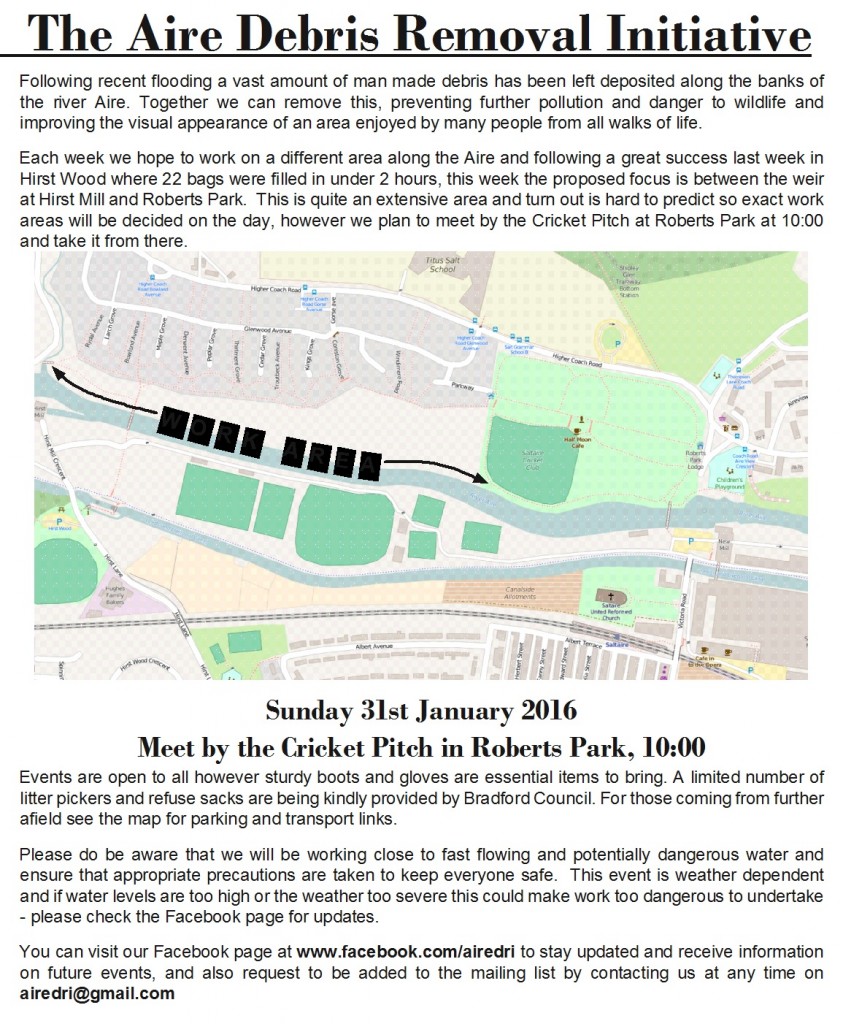
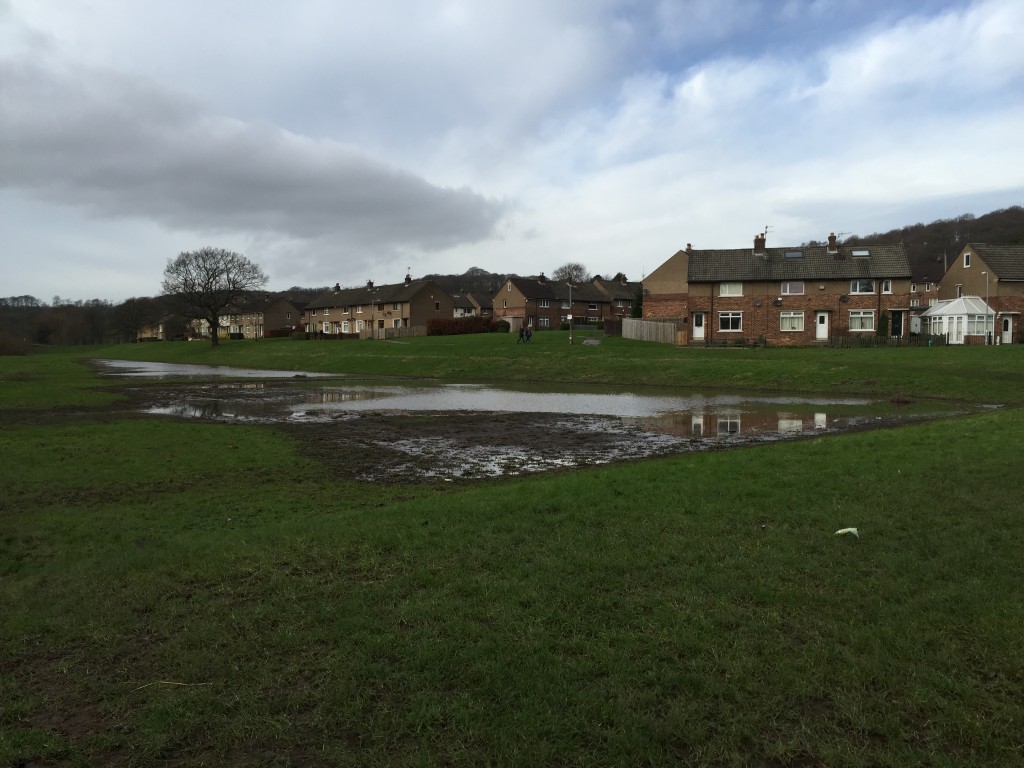
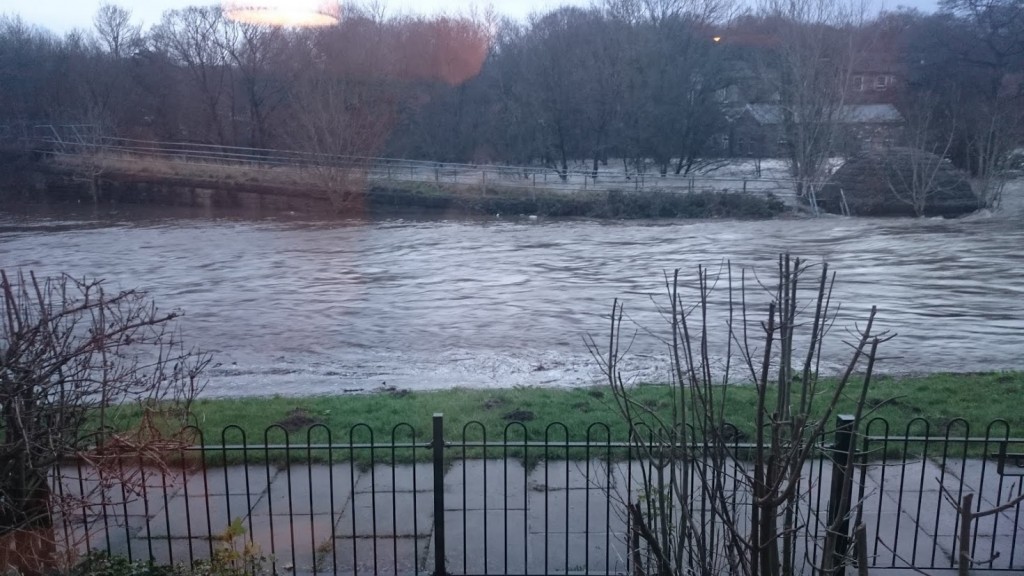
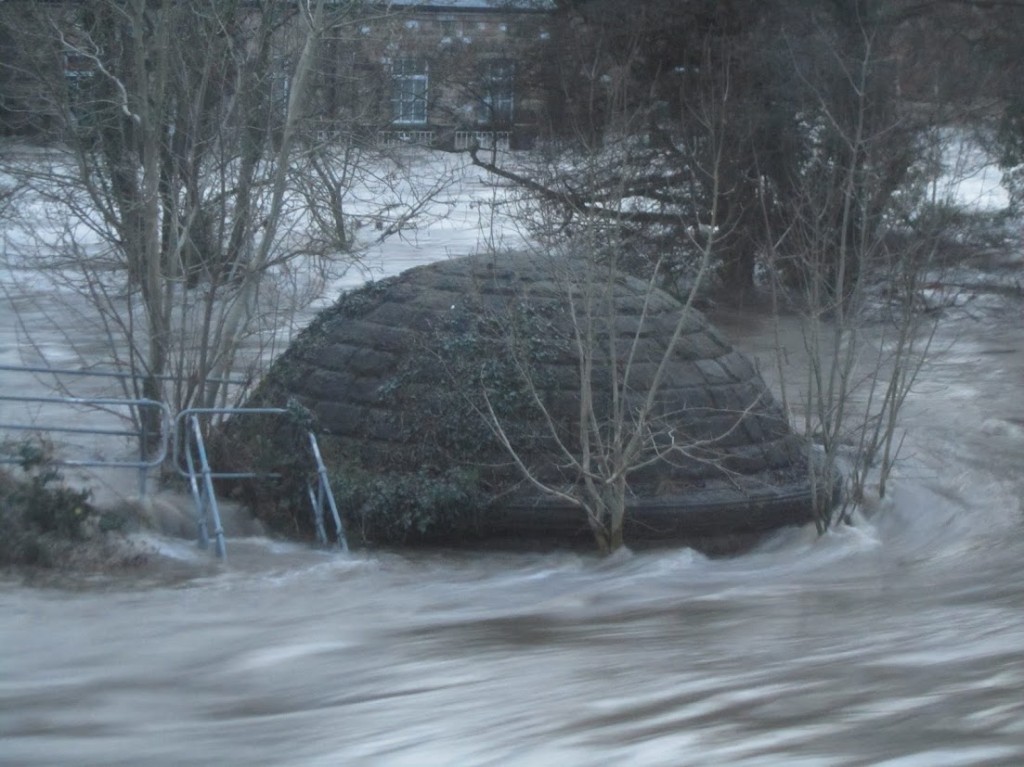
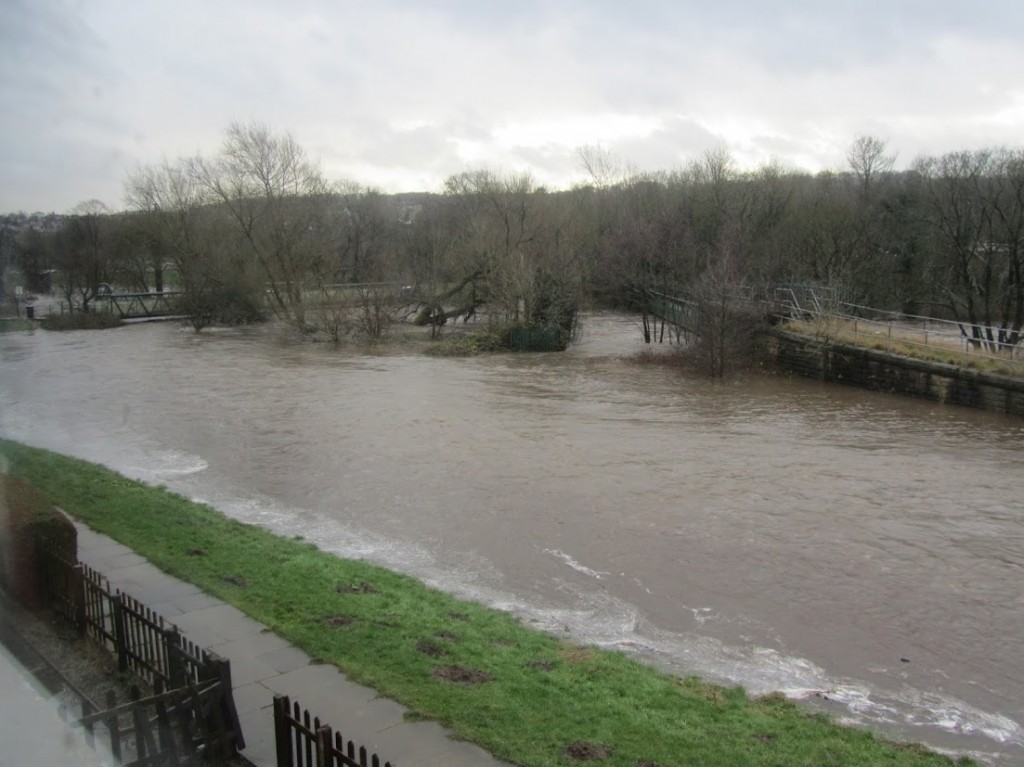
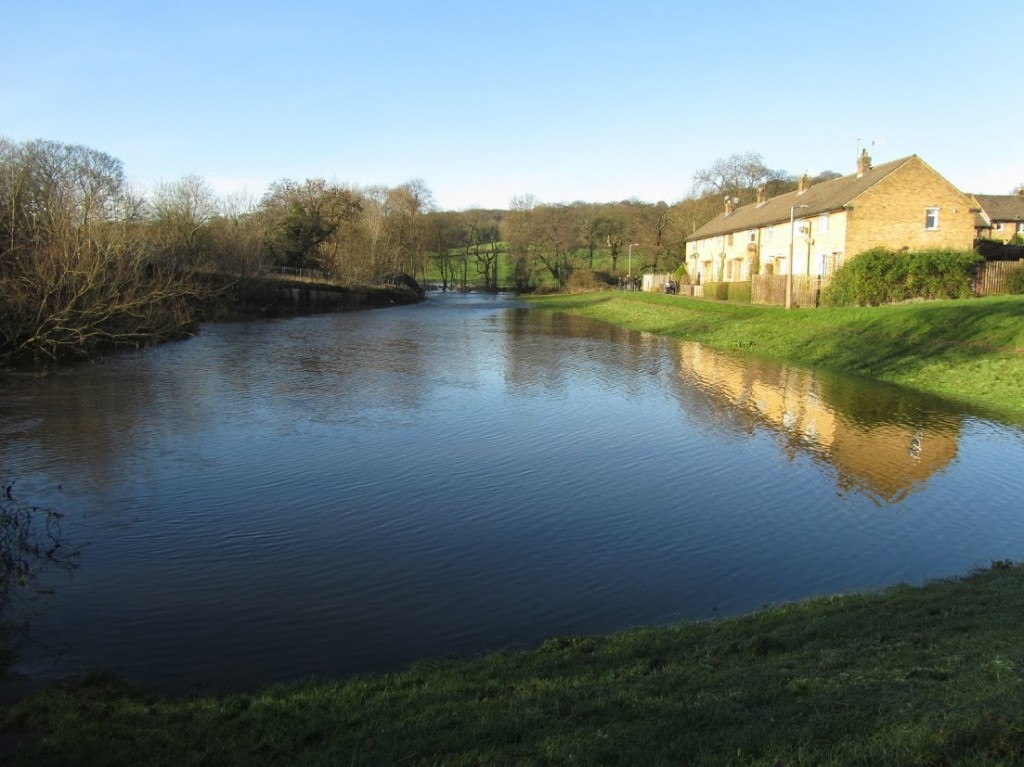
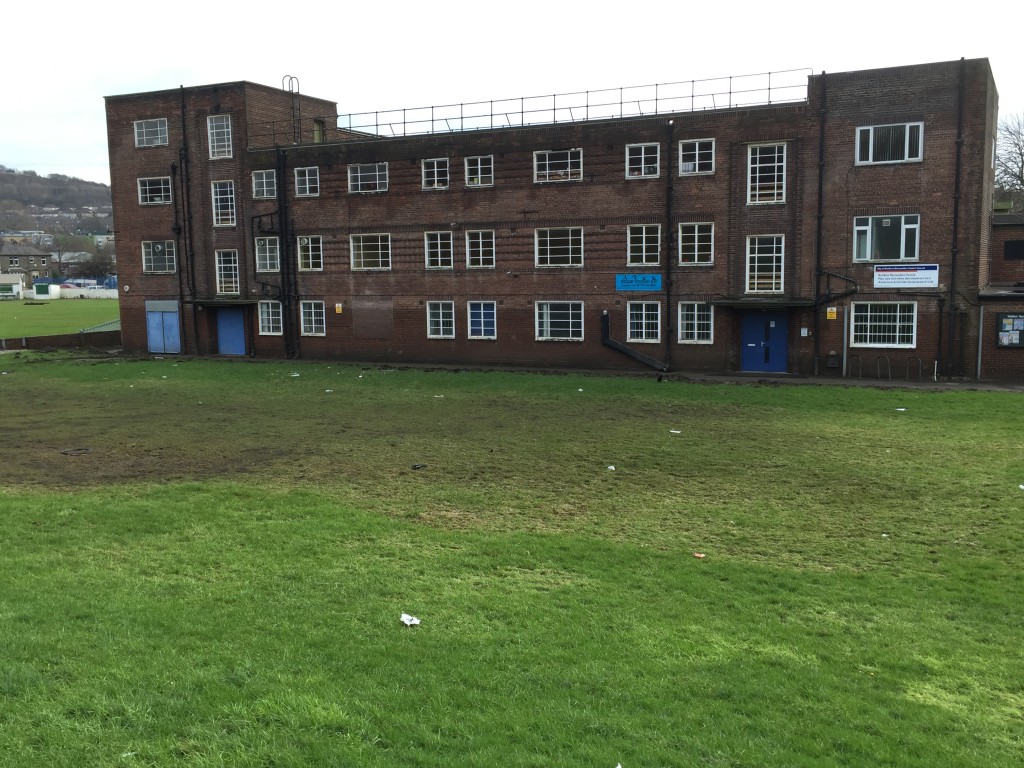
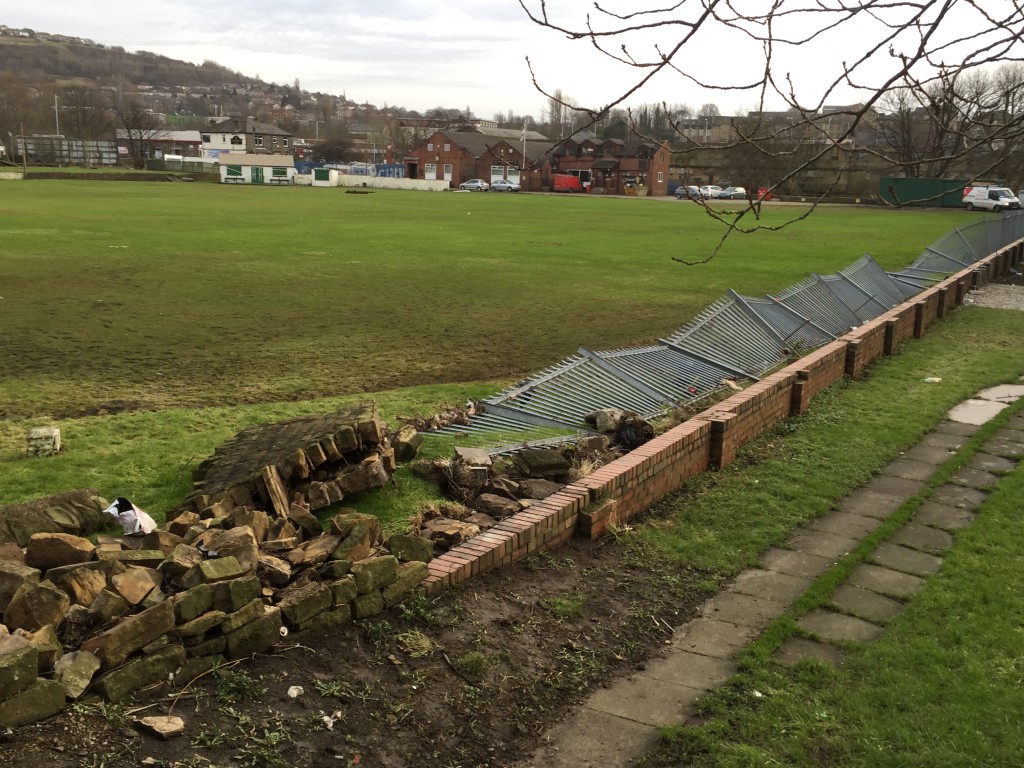
![IMG_0665 [130111]](wp-content/uploads/2016/01/IMG_0665-130111-e1454087317443-768x1024.jpg)
